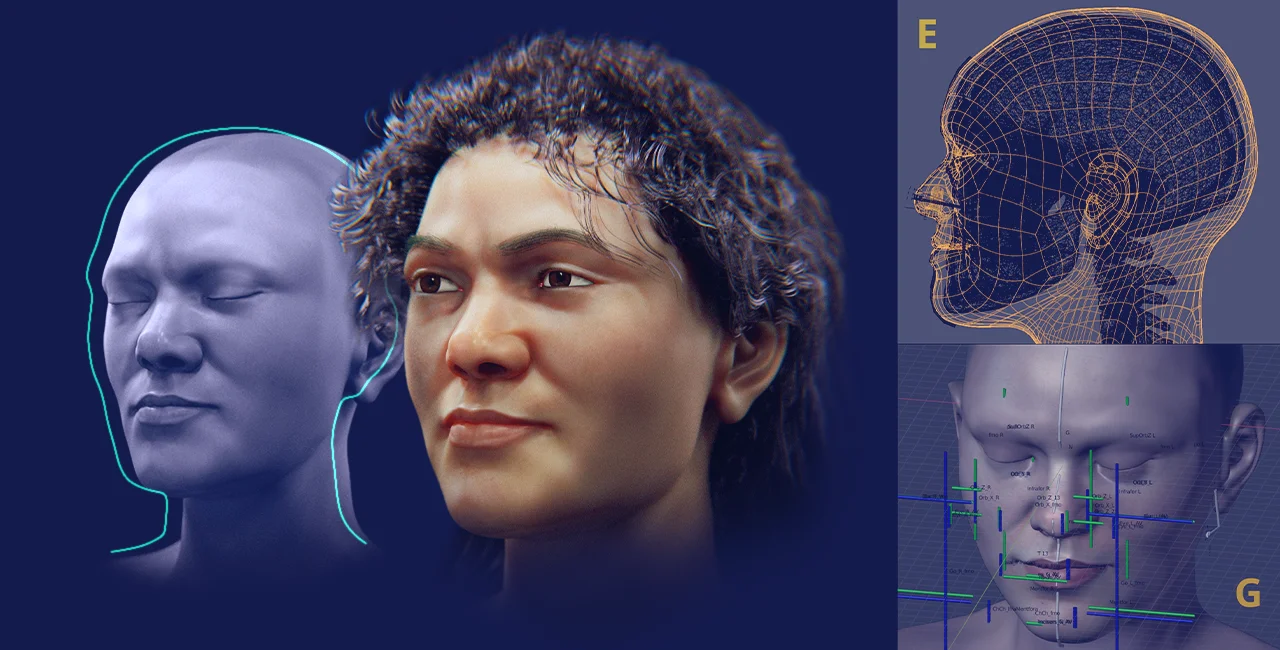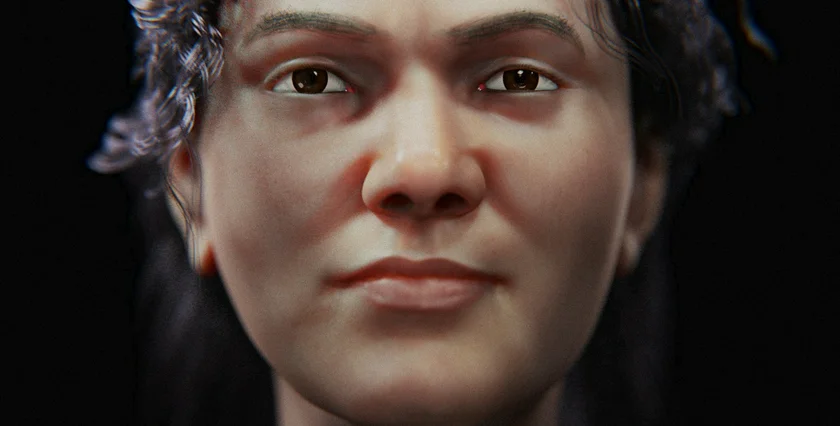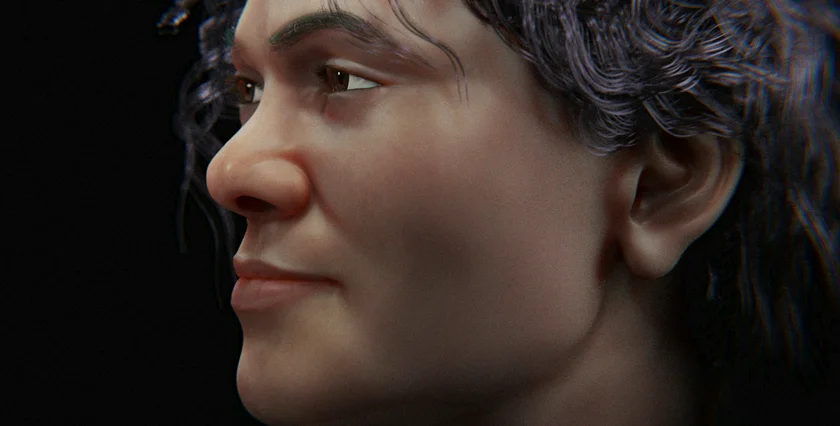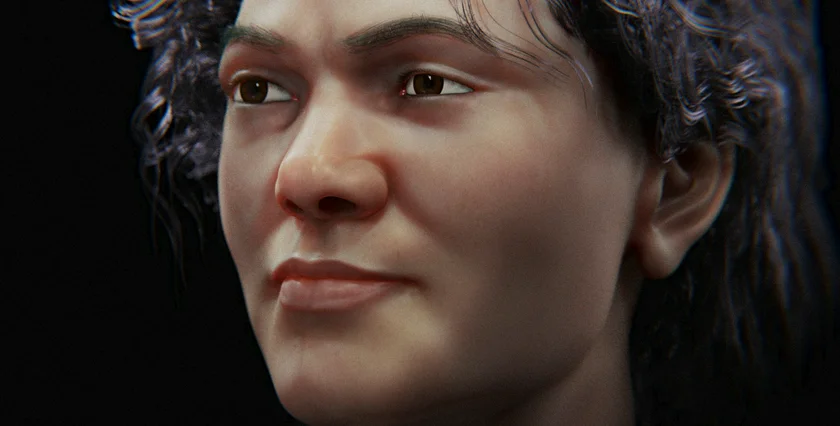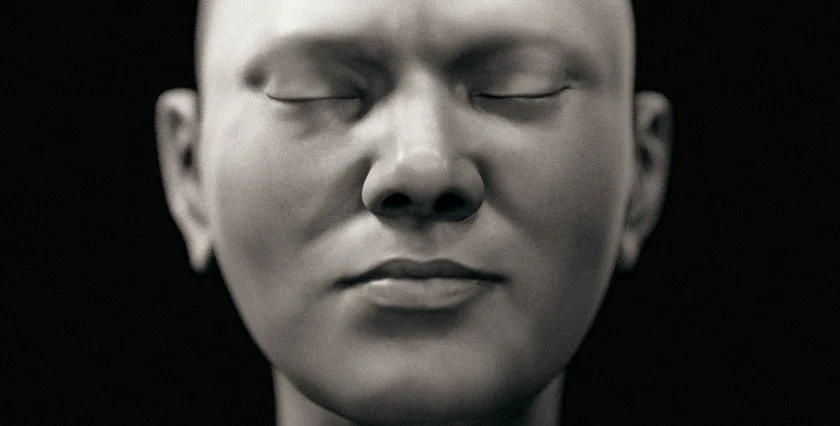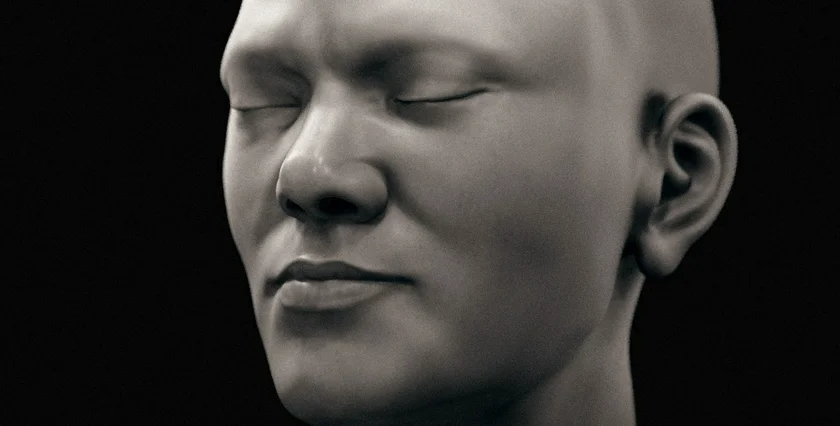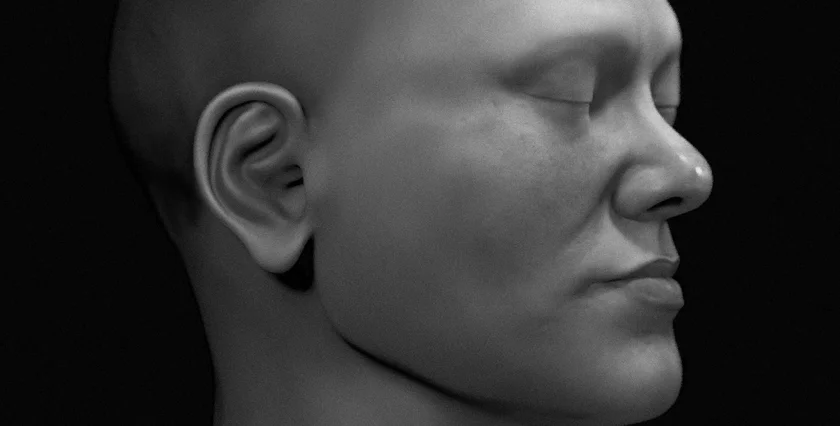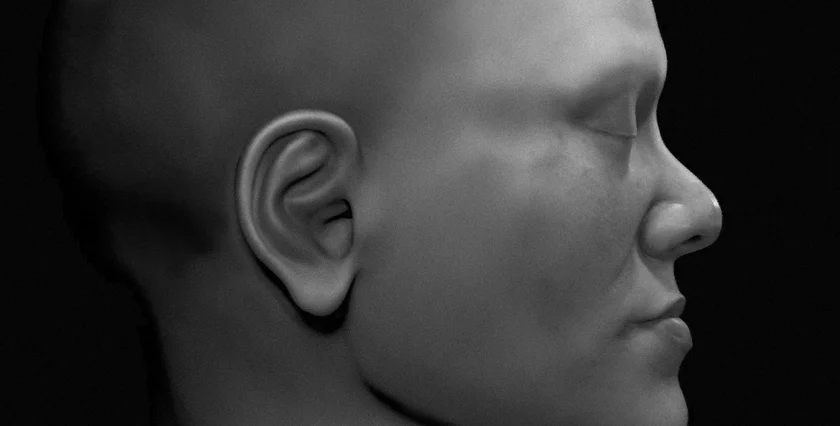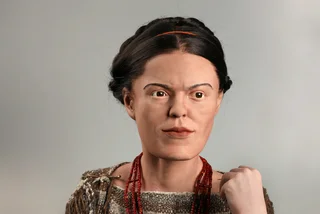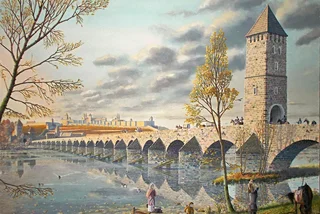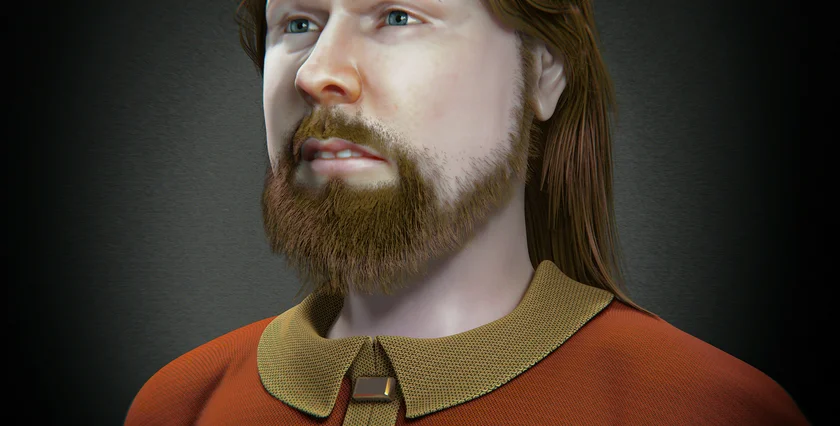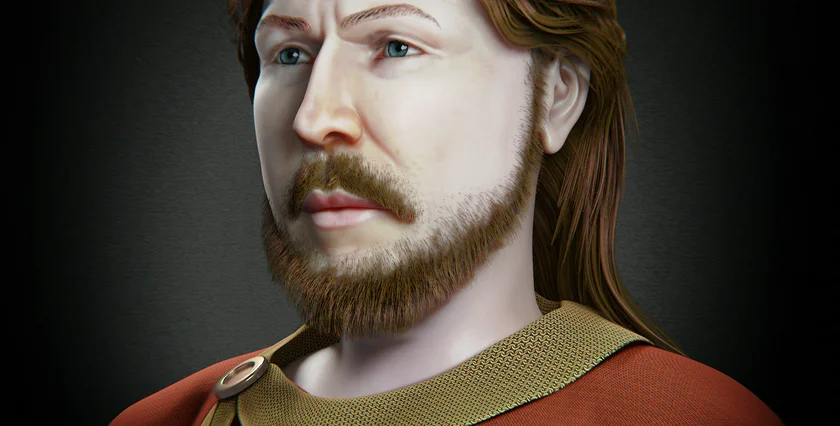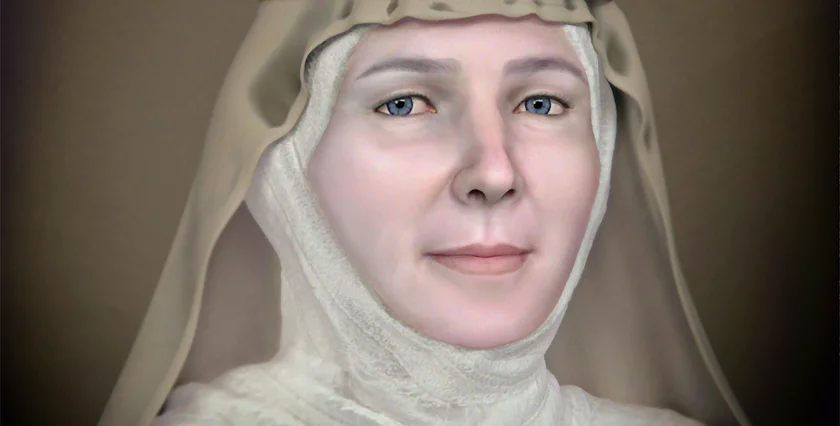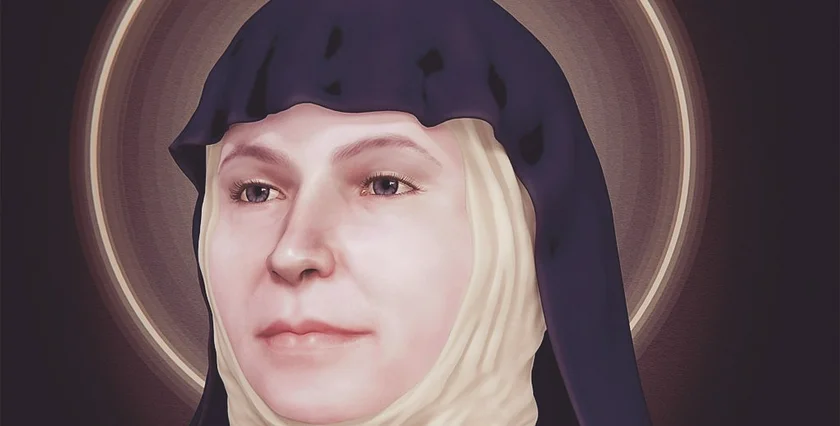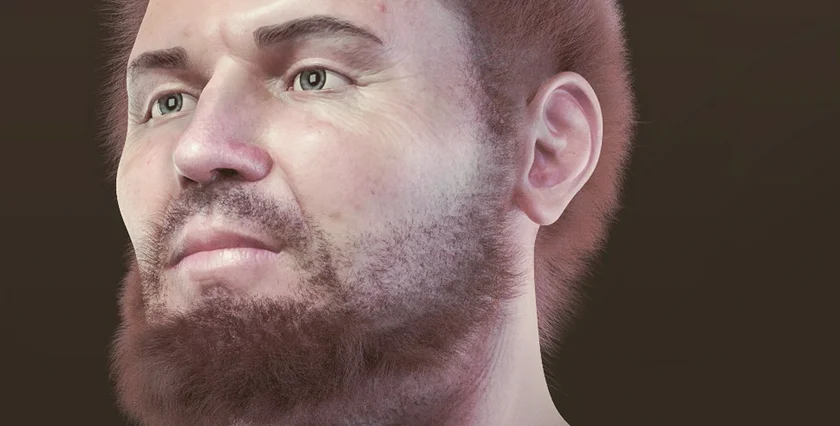Scientists have unveiled a fresh perspective on a woman who resided in what is now Czechia approximately 45,000 years ago. The new 3D imaging is based on fragments of a skull discovered in Central Bohemia in 1950.
The skull fragments, along with certain animal bones, were unearthed in the Koněprusy Caves, situated about 25 kilometers southwest of Prague. The hill above the site where the skull was found is called Zlatý kůň (Golden Horse), and she is referred to as the Zlatý kůň woman.
Initially believed to have lived around 12,000 years ago, recent genetic dating now places her existence at approximately 45,000 years ago. Some scientists had speculated that the fragments might have come from two individuals, but this notion was subsequently disproven.
This designation positions her as the oldest anatomically modern human to have ever undergone genetic sequencing. She would have been one of the early humans to migrate to Europe during the Stone Age. Initially mistaken for a male due to the robust features, the skull was determined to belong to a female through genetic testing. Her DNA reveals a 3 percent contribution from Neanderthals, suggesting that her group likely interbred with this subspecies.
A bit of artistic license
Designer Cicero Moraes, based in Brazil, alongside an international team, has formulated a new facial reconstruction using digital scans of the bones published in 2018.
The original remains of the Zlatý kůň woman are housed in the National Museum's anthropology department in Prague. However, the skull suffered significant damage. Missing sections were reconstructed by mirroring the corresponding areas on the opposite side. Moraes told Live Science that the skull had been gnawed by an animal postmortem, possibly by a wolf or hyena.
He also highlighted that her jaw structure exhibits more compatibility with Neanderthals, and her cranial cavity is larger than that of modern humans, another characteristic shared with Neanderthals. A debate persists among scientists about whether Neanderthals were indeed more intelligent than their modern counterparts.
The primary images portray her as gray and hairless, with closed eyes. The team also generated a few speculative images with brownish skin, dark eyes, and curly dark hair. Moraes explained, "The goal of the latter is to present a more relatable face to the general populace."
In his accompanying scientific paper, Moraes acknowledged the significant guesswork was involved in even creating the fundamental gray and hairless visage, as the precise depths of soft tissue remain unknown. He opted for a relatively consistent depth, even though modern humans exhibit varying flesh thickness across different facial regions.
Other subjects range from King Tut to the Čelákovice vampire
Similar techniques have been utilized by him to craft images of other individuals from the past, including King Tutankhamun, a Bronze Age woman from Scotland, and a hominid reminiscent of a Hobbit from Indonesia.
Moraes has previously undertaken other projects involving Czech subjects, encompassing a Stone Age woman from Moravia dating back 31,000 years, a pair of Bohemian dukes – and Vratislav I and Spytihnĕv I – from the 10th century, Queen Judita of Thuringia from the 12th century, and Saint Zdislava Berka from the 13th century.
One of the most controversial is of a man who was interred along with several others in an unconventional configuration in Čelákovice during the 11th century. These burials have colloquially been referred to as vampire graves, although a more contemporary theory suggests that the individuals might have been executed for being social outcasts, such as criminals or heretics.












 Reading time: 3 minutes
Reading time: 3 minutes 